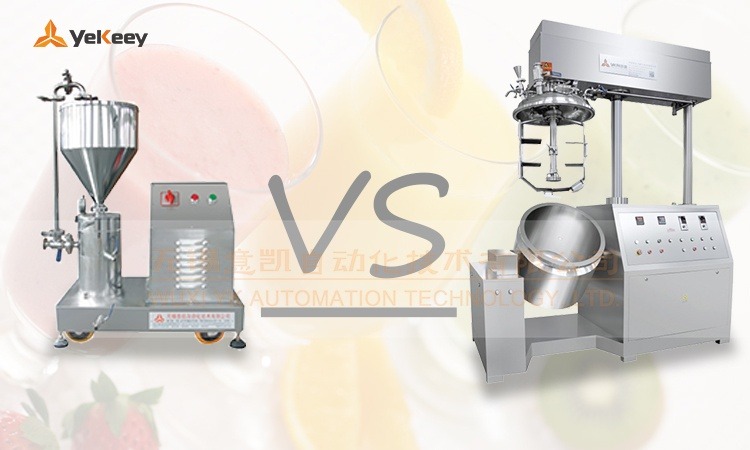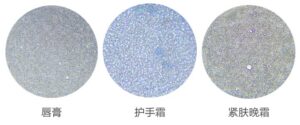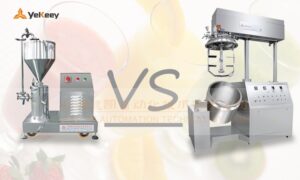In the industrial mixing and mixing production of food, cosmetics, pharmaceutical or chemical industries, there are often certain requirements for the refinement of materials. Some materials need to be refined to a few tens of microns, a few microns. Some materials that are already very fine need to achieve nano-scale refinement. According to the production requirements and refinement requirements of different materials, different suitable equipments should be selected. High-shear emulsifier and colloid mill, both of which have a refinement effect on the material, but the performance of the equipment is different from that of the applicable material. The following is a brief introduction to the differences between them.
The working principle of the high shear colloid mill: the pair of stators (toothed) are driven by the drive of the motor through the belt and are rotated at a relatively high speed. The material is pressurized by its own weight or external pressure (which can be generated by a pump) to produce a downward spiral impact. The material is effectively emulsified, dispersed and pulverized by the strong shearing force, frictional force, high-frequency vibration and the like through the gap between the fixed and rotating teeth (the gap is adjustable). The effect of superfine pulverization and emulsification of the material is achieved.
The homogeneous emulsifier is a pair of super-high-speed precision stators that pass through a pair of ultra-high-speed precision stators. When the materials pass through the narrow gap of the homogenizing head, they are subjected to intense mechanical and hydraulic shearing, centrifugation and kneading. Liquid layer conflict, impact tear and turbulence, and butterfly cycle, eventually formed into cream, suspension (solid / liquid), emulsion (liquid / liquid).
Comparison of homogenization emulsifier and high shear colloid grinding
From the principle, both the homogenizer and the high shear colloid mill have the effect of grinding damage. In terms of the degree of refinement, the refinement of the colloid mill is not as detailed as that of the homogenizer. Colloid mills are generally used for the destruction of large particles or high viscosity materials. It is therefore often used in the previous production process of homogenizers or in high viscosity applications. Colloid mills are often used for refining when there are many solid materials. The homogeneous emulsifier generally performs deep refinement on the original fine material, and can reach several micrometers or even nanometers. Therefore, the difference between the two can be summarized as the macroscopic refinement of the colloid mill, and the micron refinement of the homogenizer.
For example
For these two devices, we have contacted many of these customers. For example, we have a customer who makes juice drinks, and their process has many processes for the treatment of fruits before the beverage is formed. Among them, a colloid mill is used for grinding and refining the pulp. The last step of the agitation is the semi-finished fruit juice after the pre-treatment of the equipment such as colloid mill. Put it into the juice homogenizer and then carry out the final refinement and stirring to form a juice drink with ultra-fine particle refinement, good taste and stable nature.
In summary, the refinement effect of the high-shear homogenizer and the colloid mill is, in terms of number, the refinement effect of the homogenizer is stronger than that of the colloid mill. But even this can’t be said simply by which one is better and which is not good. Although there are great differences in equipment performance and application range, they each have their own areas of application, which play a leading role in some productions, and some cannot replace each other. If you need such equipment, please contact us!









